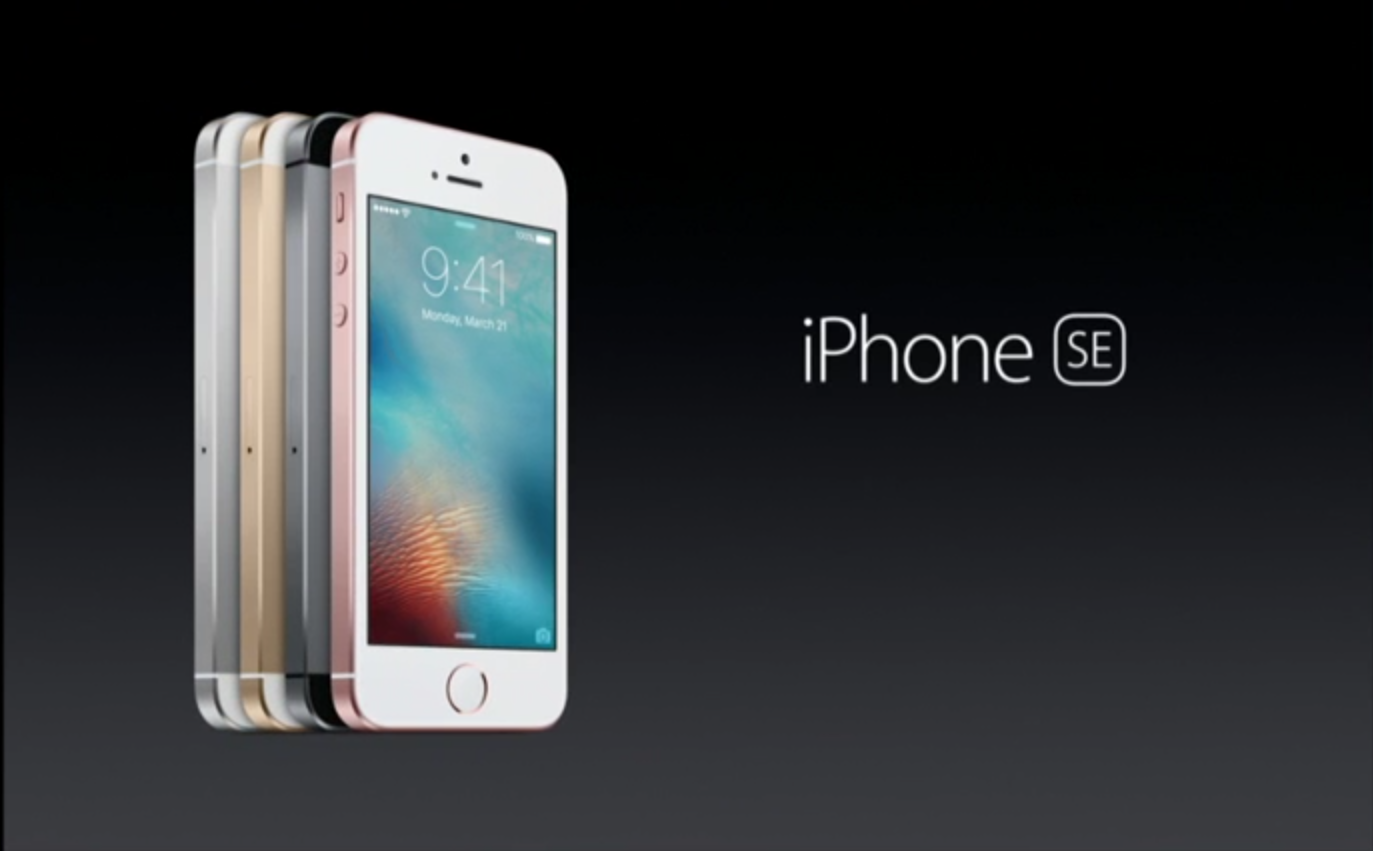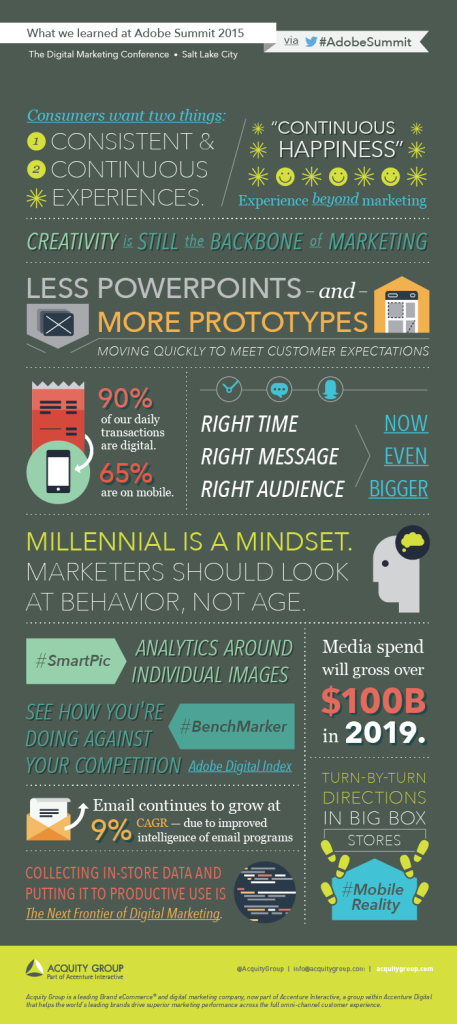Choi Seong Hun, known by millions of StarCraft II fans as “Polt,” is starring in a new eSports reality show produced by Machinima and CSN (Cyber Sports Network) available on Sony’s PlayStation Vue. The series, Training Camp, also features pro gamer Woo Jung Ho, better known as “Violet.”
Polt and Violet each train a team of ordinary StarCraft II players in the hopes of turning them into champions. The fan contestants were initially selected by CSN from video applications that were submitted from members of the StarCraft II community. Polt and Violet then evaluated each of the players to select their own team members. Each team underwent a vigorous training camp before competing in an eSports competition—all while cameras captured the action. The six-episode series is available now exclusively on PlayStation Vue.
Polt defeated Snute 4-2 March 7 to win his fourth StarCraft II World Championship Series (WCS) title, along with $35,000, and a spot in the WCS Global Finals in November. He joined [a]listdaily to talk about his first reality series and discusses the impact of Archon mode within the StarCraft II eSports community in this exclusive interview.
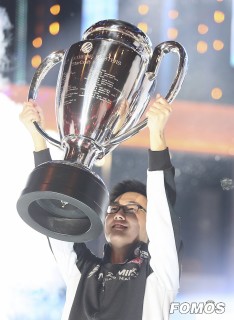 How did you get involved in eSports?
How did you get involved in eSports?
When StarCraft II was out, I wanted to see how good I was, and fortunately I was able to have a chance to play on the main stage. I really liked that experience, even though I lost the match, and I decided to make a commitment in eSports.
What’s the difference between being good at StarCraft II and being a pro gamer?
In my opinion, the biggest difference between being good at StarCraft II and being a pro gamer is mindset. Pro gamers take their job seriously, and they always try to play in professional ways in front of audience. However, most good amateur players don’t have that kind of attitude.
How have you seen the StarCraft II popularity and ebb and flow over the years?
StarCraft II came out in 2010, so it’s been already more than five years. StarCraft II has had good days and bad days. It is not the most popular game at the moment, but we do have enthusiasts, and I believe StarCraft II has a potential to be one of the most popular games.
How has the level of competition improved since you began?
When I started competing in 2010, there were a lot of amateur players trying to attend at tournaments, and I was one of them. These days, there are almost no amateur players trying to compete with pro players because the skill level difference between amateur and pro players is huge. There are less people competing at tournaments, yet the level of competition has improved a lot.
What’s the secret to your success?
There could be few secrets, and I think one of the secrets is persistence. It sometimes has negative effects because I just keep doing something without listening to people, but it gave me an advantage in terms of being a pro gamer. I’ve tried to find my own ways to figure out the game no matter what other players say, and I eventually succeeded in finding better ways to play the game.
Why do Korean players still dominate StarCraft?
In my opinion, the reason why Korean players perform better than foreign players in StarCraft is because Korean people enjoy playing StarCraft more than others. Most of the guys my age played StarCraft together, and it made us to think about the game more. The competition level was so high because a lot of people were playing the game, and it made Korean players get better at StarCraft.
What impact do you feel Archon mode could have on StarCraft?
A lot of people think StarCraft is a difficult game, and I agree with that. There are a lot of things you need to think about in the game, and pro gamers can’t even play it perfectly. Having Archon mode in StarCraft makes the game easier if both players are friends or know each other well.
What was it like working on this reality series?
It was a totally new experience for me, and all of the parts were impressive. A lot of people tried to get in my team, and they looked so happy when they made it. All of my team members tried hard to get better and followed my instructions very well. They believed me, so it was so sad to see people leaving my team one by one.
What did you learn from working with the contestants on this show?
First of all, I learned that playing and coaching are completely different. I had a hard time delivering some ideas to my team members because I had no experience coaching people like that. By working with the contestants and coaching them, I got better, so I’m looking forward to having another chance like this show.
What does binge watching open up for Training Camp?
I think many people like to binge watch their content these days. This should allow them to not only learn something from watching the show, but do it in a pace that is comfortable for them.
What are your thoughts on PlayStation Vue as a new digital platform?
Having alternative content mediums to view entertainment is great. It allows people to have access to the specific channels or shows they follow. Especially in regard to the finances and having the ability to customize their plans.
What role do you see television playing for eSports as Machinima had Chasing the Cup on the CW and CS:GO is getting its own Turner ELEAGUE competition?
I see television being an additional vehicle to view the content, but do not believe it will take over as the main way to view competitions. It will be instrumental in breaking down barriers to the masses though, and getting eSports in front of new viewers.
Do you feel the U.S. will ever get dedicated TV channels for eSports like Korea has?
ESports has been growing impressively for the past few years. The number of people playing games and watching eSports grows every single year. Therefore, yes I believe the U.S. will get dedicated TV channels for eSports in the future.
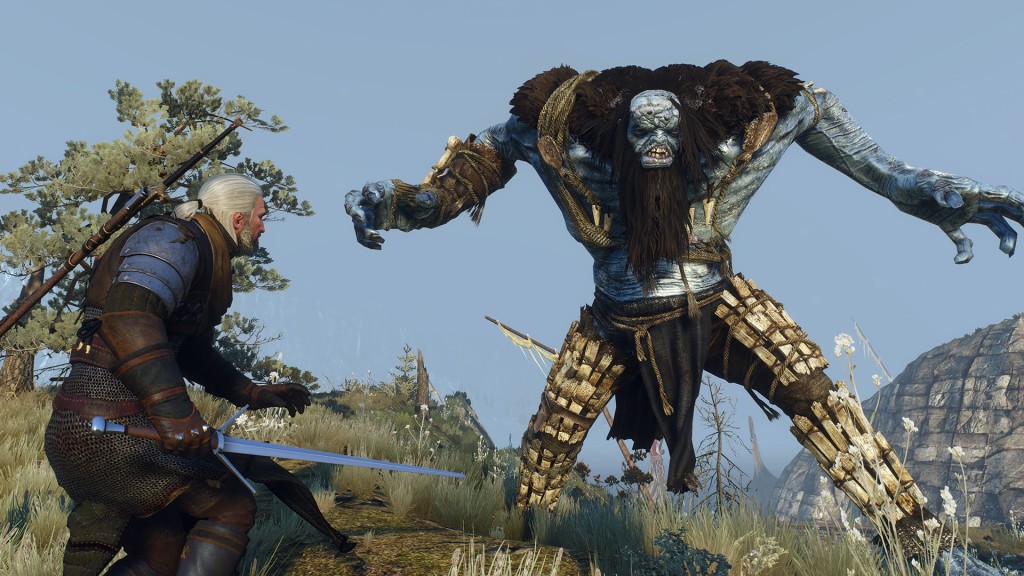
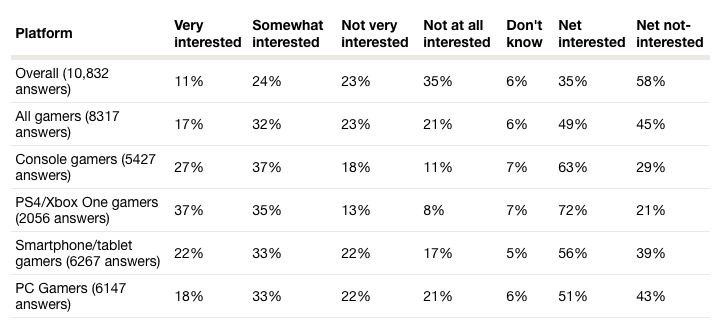
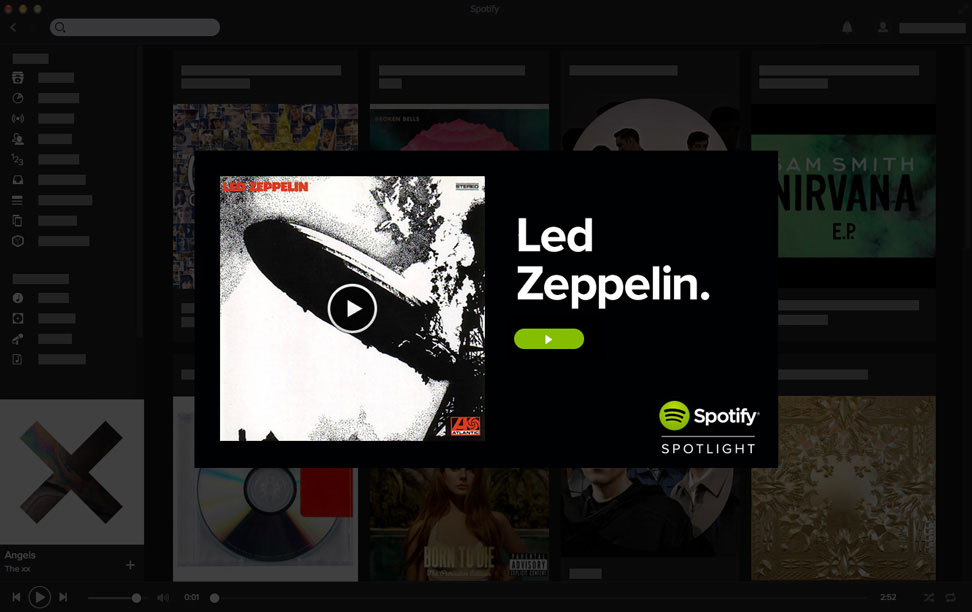
 How did you get involved in eSports?
How did you get involved in eSports?